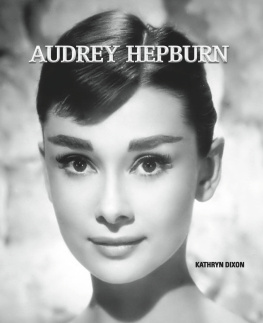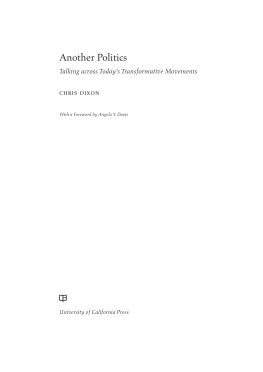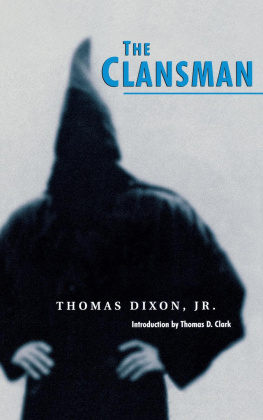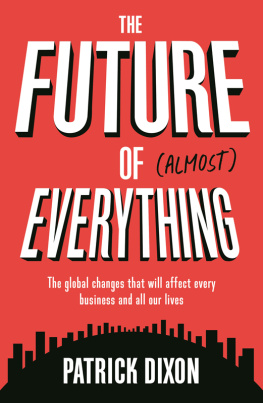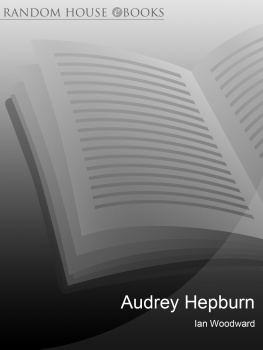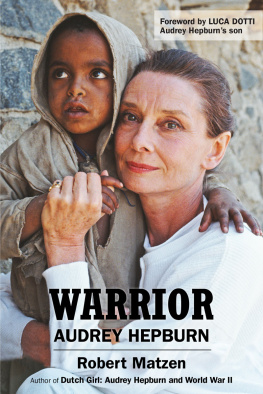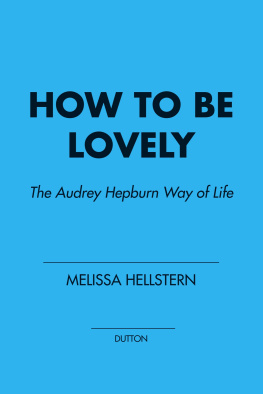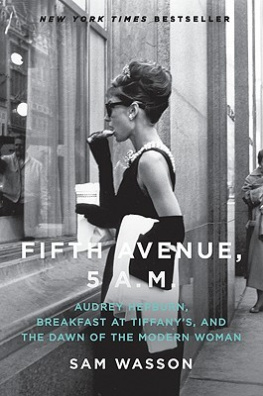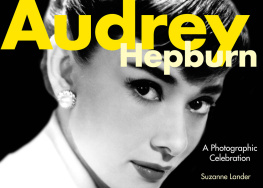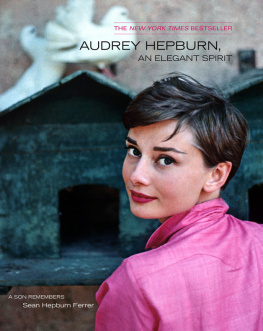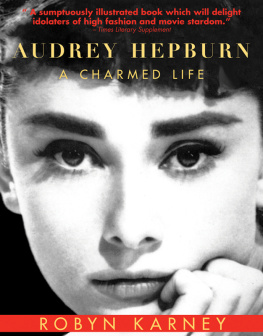
Published by TAJ Books International LLP 2012
27 Ferndown Gardens
Cobham
Surrey
KT11 2BH United Kingdom
www.tajbooks.com
Copyright TAJ Books International LLP
All rights reserved. No part of this publication may be reproduced, stored in a retrieval system, or transmitted in any form or by any means, electronic, mechanical, photocopying, recording, or otherwise, without the prior written permission of the Publisher and copyright holders.
All notations of errors or omissions (author inquiries, permissions) concerning the content of this book should be addressed to
info@tajbooks.com.
Research: Isabella Alston
ISBN 978-1-84406-201-0
ISBN 978-1-84406-219-5(ebook)
Printed in China.
1 2 3 4 5 16 15 14 13 12



A udrey Kathleen Ruston was born on Rue Keyenveld in Ixelles, a municipality in Brussels, Belgium, in the early morning hours of May 4, 1929. Her family had recently moved from London. The family surname was changed by Audreys father to Hepburn-Ruston in homage to the Hepburn family name, which had recently died out. Audrey would later drop the Ruston surname.
Audrey was the only child of Joseph Victor Anthony Ruston (18891980), a Bohemian (the Czech Republic)-born Englishman of Irish, French, English, and Austrian descent with an erstwhile career in finance, and his second wife, Baroness Ella van Heemstra (19001984), a Dutch aristocrat, whose parents (Audreys grandparents) were Baroness Elbrig van Asbeck and Baron Aernoud van Heemstra who had Dutch, Hungarian, and French heritage.
The Baron and Baroness van Heemstra traveled internationally in service to the Netherlands Queen Wilhelmina. Audrey had two half-brothers by her mothers first marriage: Jonkheer Arnoud Robert Alexander Quarles van Ufford (1920 1979) and Jonkheer Ian Edgar Bruce Quarles van Ufford (19242010), known more succinctly as Alexander and Ian.
Soon after Audreys birth, her mother began searching for a house in the country where her children could be raised in a quiet, calm, and beautiful environment. The baroness settled on a house located in Linkebeck, a small village located just a few miles outside of Brussels. It was here that Audrey spent the first six years of her life, years in which she would develop a very close, if somewhat unemotionally uninvolved, attachment to her mother.
With two older brothers, Audrey grew up a bit of a tomboy and took more interest playing outdoors and roughhousing with her brothers than she did playing with dolls indoors, like most girls of that age do. In addition, she showed an interest at an early age in theatre, music, and dance, often performing for her family.
Although born in Belgium, Audrey had British citizenship. From 1935 to 1938, Audrey attended Miss Rigdens School, a girls boarding school in the village of Elham, Kent, in southeast England. It was here that Audrey was first introduced to the study of ballet.



In 1939, just as the horrors of World War II were being unleashed across Europe, Audrey, her mother, and two half-brothers moved to their maternal grandfathers home in Arnhem in the Netherlands, believing the neutrality of Holland would keep them out of harms way. Audreys grandfather had served as the mayor of Arnhem, although his past position did not provide any measure of safety.
Audreys father, in England at the time, put her on the last plane out of England to Holland on the day that England declared war on Germany. By this time, Audreys parents had divorced. Her father, reputed to be a Nazi sympathizer, would not reunite with Audrey for another two decades. Mel Ferrer, Audreys first husband, found her father in Dublin, Ireland, with the help of the Red Cross. Mel believed that Audrey was troubled by not having known her father. Even though father and daughter did not grow close after their reunion, Audrey supported him financially until his death.
While in Arnhem, Audrey attended the Arnhem Conservatory, training in ballet in addition to the standard school curriculum. After Germany invaded the Netherlands in 1940, worried that her name sounded too English and fearing the consequences of that, Audrey adopted the pseudonym Edda van Heemstra, a derivative of her mothers name, Ella. She could easily modify her mothers documents, changing Ella to Edda.
During the war, Audrey and her mother did not know the whereabouts of her two brothers, Alexander and Ian. Alexander went underground and Ian was held by the Germans. Both survived their experiences, but were not reunited with the family until Germanys unconditional surrender, which occurred on May 4, 1945, Audreys 16th birthday.
Having worked hard at her craft and having attained some proficiency as a ballerina, Audrey secretly danced for Dutch audiences to collect money for the Dutch resistance. She later said, The best audience I ever had made not a single sound at the end of my performances. Eventually, the difficulties of the war took a toll on Audreys health and she grew too weak to dance until the conclusion of the war.
Hepburn in a screen test for Roman Holiday, which was also used as promotional material.



In September 1944, Audreys hometown of Arnhem was devastated by Allied artillery fire under Operation Market Garden, a failed attempt by western Allied forces to take the eight bridges spanning the Rhine and the system of canals that marked the Holland/ German border. During the six-monthlong Dutch famine that followed in the unusually severe winter of 19441945, known in Holland as the Hongerwinter, or Hunger Winter, the Germans blocked the resupply routes of the northern Netherlands already-limited food and fuel supplies.
The German blockade was in retaliation for railway strikes encouraged by the exiled Dutch government and were intended to hinder the German occupation. As a result, the Dutch people in the north were literally starving (the southern Netherlands had been liberated soon after the Allied invasion on D-Day in June 1944) and Audrey was among them. Audrey suffered the effects of malnutrition for the remainder of her life.

Next page
